The Fascinating 1904 Napier L48 “Samson” Racing Car
The story of a extraordinary racing car that broke the 100mph barrier in 1904, was sold for scrap and went missing, but was rebuilt decades later.
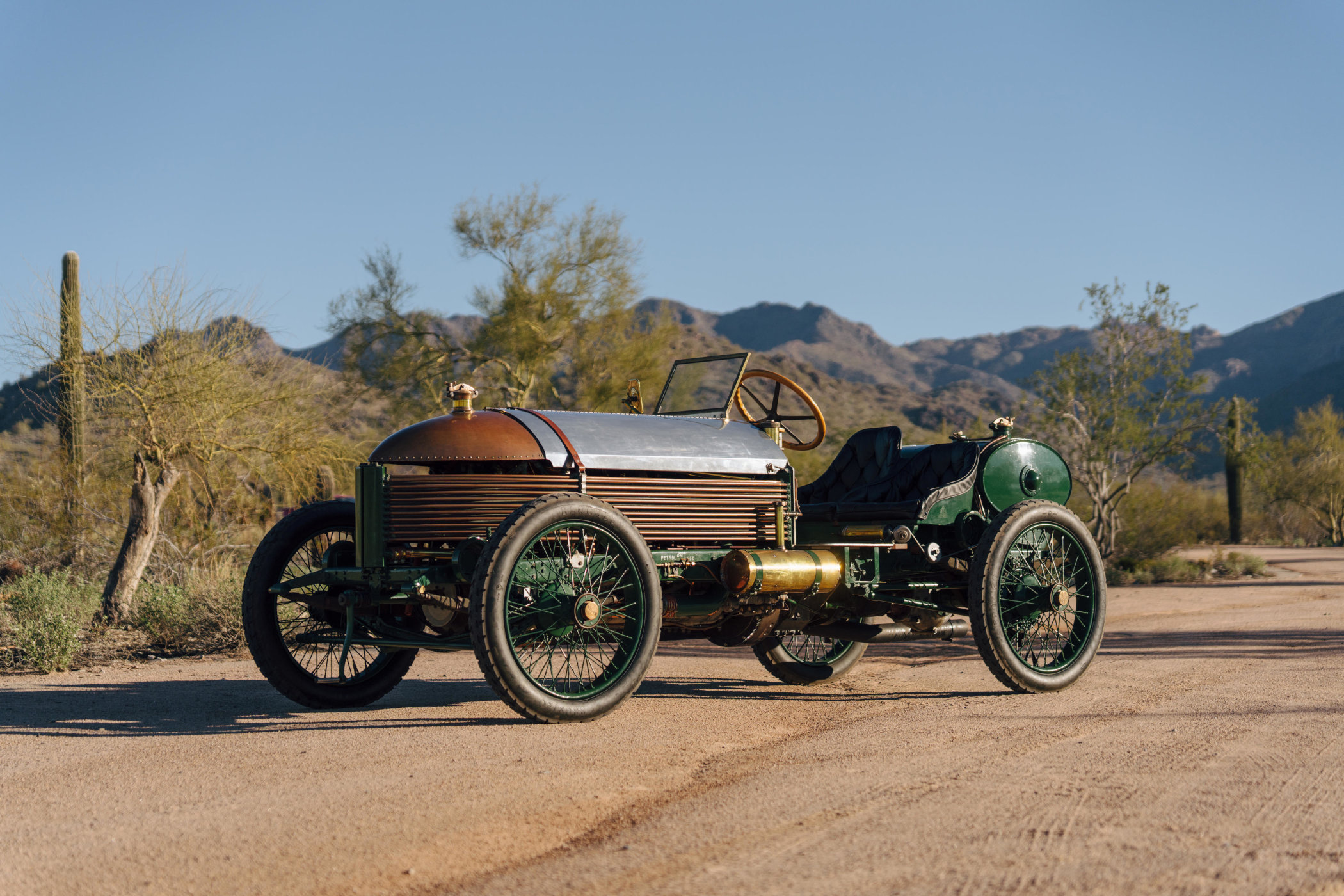
Did you ever get stopped in your tracks by a single moment or a picture? Did you ever have an irresistible urge to drop everything and frantically try and find out more about it? I have, and I’m sure a lot of you will also have such memories. For me, the most recent time it happened was when I received a newsletter from Bonhams Cars, the famous auction house that is hosting another Amelia Island Auction next week. The car in question is not some edgy slice of modern-day supercar heaven or a highly praised vintage Italian with Le Mans winning pedigree. No, it is the 1904 Gordon Bennett Napier L48 “Samson” race car, a machine I never heard about before.
I must admit that being a kid from the 1980s and having a profound love for cars (and watches, obviously) I have a good knowledge of everything that came out since I was born. I also think of myself as quite up to speed with a lot of the stuff that went down from, let’s say, the 1950s to the 1980s. When it comes to the interbellum or even pre-WWI years, it gets a little tougher for me. Part of the reason is that it was an era known for its coachbuilding and experimental car building. Cars could share a chassis but look very different from the outside, as one owner turned to Figoni & Falaschi for a body, and the other enlisted the services of Saoutchik. So, where does this Napier L48 fit in for me? Well, in an automotive blind spot, in all honesty, as it’s the first time I’ve learned about it. And its story is as fascinating as its looks are to me.
Founded by David Napier in 1808, the company produced machinery for the financial, printing and munitions industries for almost a century before shifting to other fields of engineering. David was succeeded by his younger son, James Murdoch Napier, who was an admirable engineer but a poor businessman. The company faced dire times, and at one point, James Napier was looking to sell it off, but failed. After James Napier’s passing, his son Montague inherited the business, becoming a third-generation Napier businessman in the process. Montague also had talents as an engineer and was fond of racing bicycles. Through a chance encounter with Selwyn Francis Edge, a British businessman and then manager at Dunlop Rubber (the tyre company, among other things) and amateur racer H.J. Lawson, things started to turn around.
Edge and Lawson enlisted the help of Montague Napier to improve a Panhard racing car to make it more competitive and offered to build a new engine of his own design for it. This eventually led to Edge spurring Montague Napier into building performance cars with great success. The first cars were built in 1900, and it didn’t take long for Napier cars to go racing. In June of 1900, S.F. Edge entered an 8Hp Napier in the Thousand Miles Trial of the Automobile Club (now the RAC), where it won its class. Cars would also be entered in the Gordon Bennett Cup, one of the earliest and most prestigious annual races in the early days of the motor car. Napier won it in 1902 with its K5 but failed to do so the following year. And this is where the L48 comes in.
The Napier L48, built in 1904, was the result of a suggestion by Charles Faroux (automotive journalist and one of the creators of the Le Mans race) to build a six-cylinder engine to combat tyre slippage as its power delivery would be smoother than the engines Napiers used before that. Montague designed a 15-litre inline six-cylinder engine that produced 240bhp. Montague’s aim was to break the land speed record with it, which it achieved in 1905 as it broke the Flying One Mile World Record at 104.65mph (168.42kph) and became the first-ever British car to break the 100mph barrier. Multiple new records followed, and the L48 proved successful for Napier in many areas. The first engine that was built for it even went on to power the Nautilus II speedboat built by Percy and Fred Cornwell, with which it set a World Water Speed Record. That made Napier the first-ever manufacturer to hold both the land and water speed records.
Over time, it gained an even larger 20-litre capacity engine and it continued to be raced until it was sold off as scrap in 1909. The car was dismantled, and parts were lost over time until Alan ‘Bob’ Hawker Chamberlain uncovered it in the Cronwell pottery factory (of Percy and Fred Cornwell) sometime in the 1950s. A photograph was printed in a British magazine with a request to people who might know more about it. With the help of Anthony Heal, who researched the Napier company extensively, it was determined this was the original engine and a decision was made to recreate the original Napier L48 racing car. The engine was fully restored and started for the first time in 67 years on July 8th, 1982. At some point in the 1980s, an original body was also discovered, but Bonham’s information doesn’t shed much light on that part of the L48’s story.
Ever since it was rebuilt, the L48 has been campaigned numerous times, attending the Goodwood Festival of Speed in 1994 and 2000, for instance. Everywhere it goes, it makes a lasting impression, mostly for its unusual looks. The car was designed with a rather unconventional exterior radiator, where 80 copper tubes almost fully surround the engine to provide the cooling needed for such a behemoth when being pushed to its absolute limit. That radiator is also the reason why the car was nicknamed ‘Samson’, in reference to the flowing locks of the biblical strongman. Just imagine sending this down the Florida beach in an attempt to break the 100mph barrier on bicycle wheels and with rudimentary breaks all around, needing to pump up oil pressures and fuel pressures by hand while you raced along on the sand. What an experience that must have been!
In the early 1990s, ownership changed from the Chamberlain family to Peter Briggs, an Australian businessman with a huge passion for cars. Making his fortunes in the mining industry, Briggs, at one point, owned more than 200 cars, which he regularly paraded and raced in vintage motorsport events. He’s won awards at Pebble Beach and Villa d’Este, and in March of 2022, he won an award with the Napier L48 in the Sydney Harbour Concours d’Elegance. Sadly, Peter Briggs passed away that year and the L48 is now being auctioned by Bonhams.
The car is being offered at an estimate of USD 900,000 to USD 1.1 million and will come across the auction block on February 29th at the Amelia Island Auction event. Such unique cars rarely change ownership, and I only hope whoever ends up buying this one will keep showing it to the public, as it might inspire future Montague Napier’s, S.F. Edge’s, Alan ‘Bob’ Chamberlain’s and Peter Briggs’.
For more information on this fascinating 1904 Napier L48 ‘Samson’ racing car, please visit Cars.Bonhams.com.
Editorial Note: All images portrayed in this article are sourced from and used with permission of Bonhams Cars auction house unless stated otherwise.


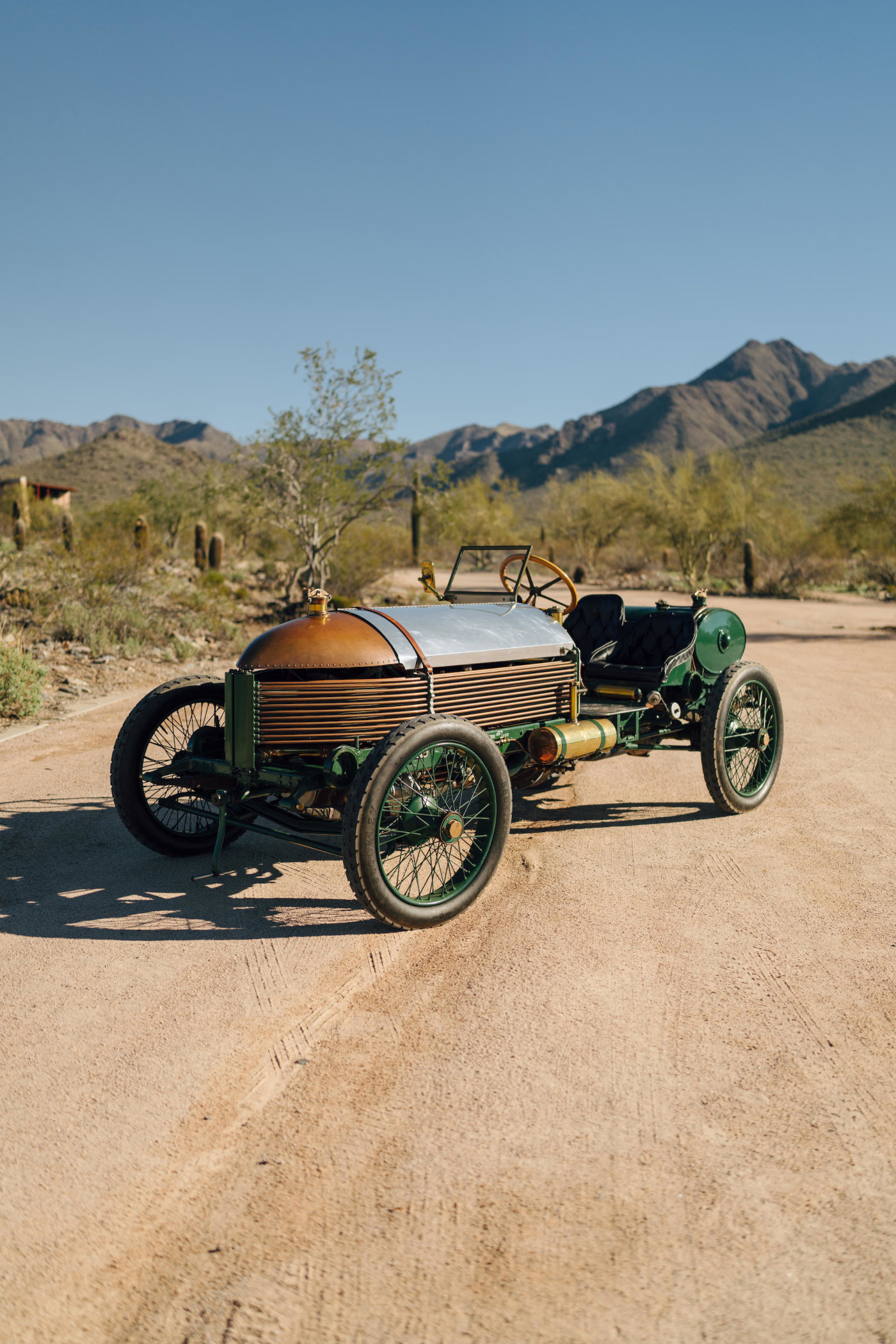


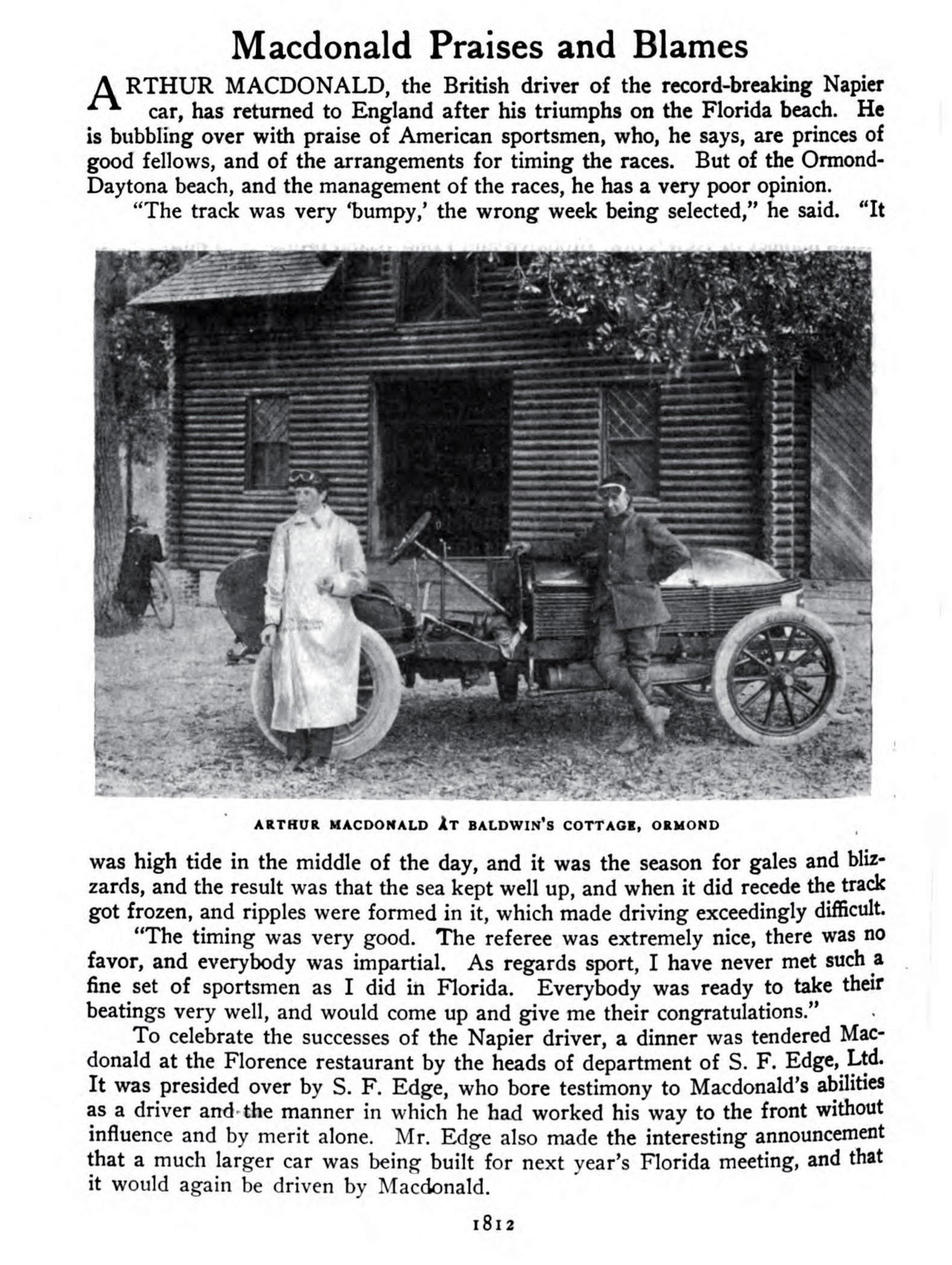
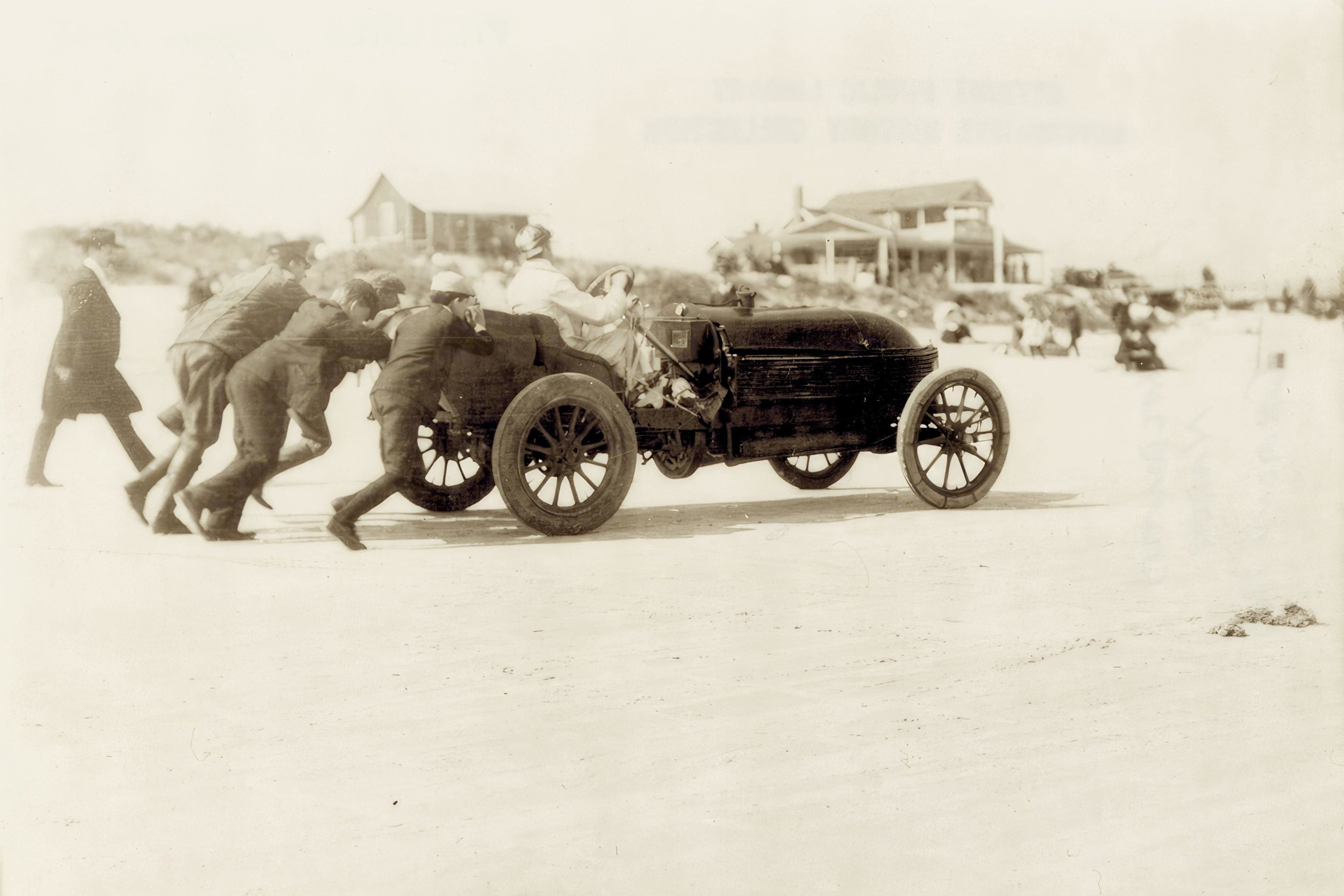


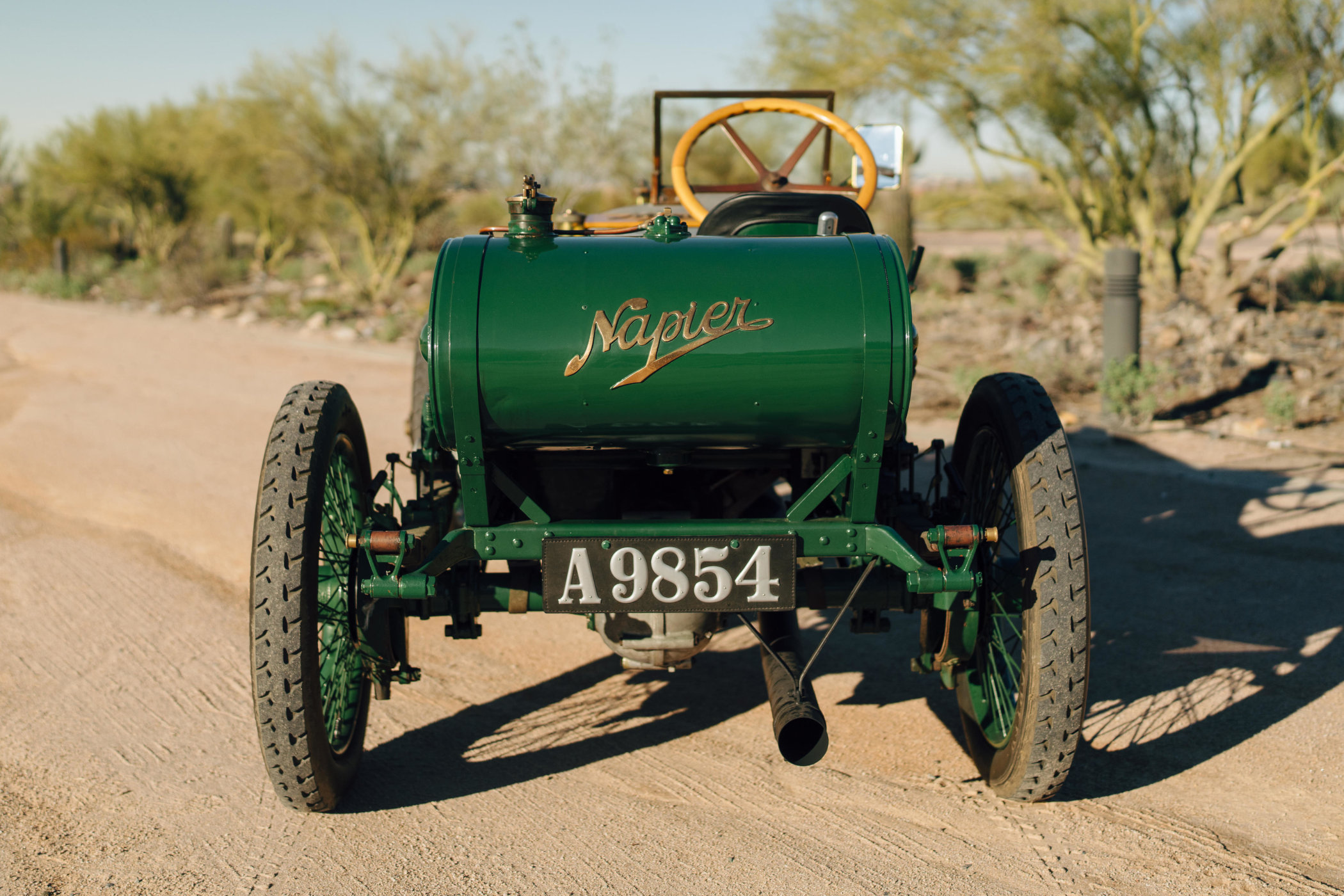

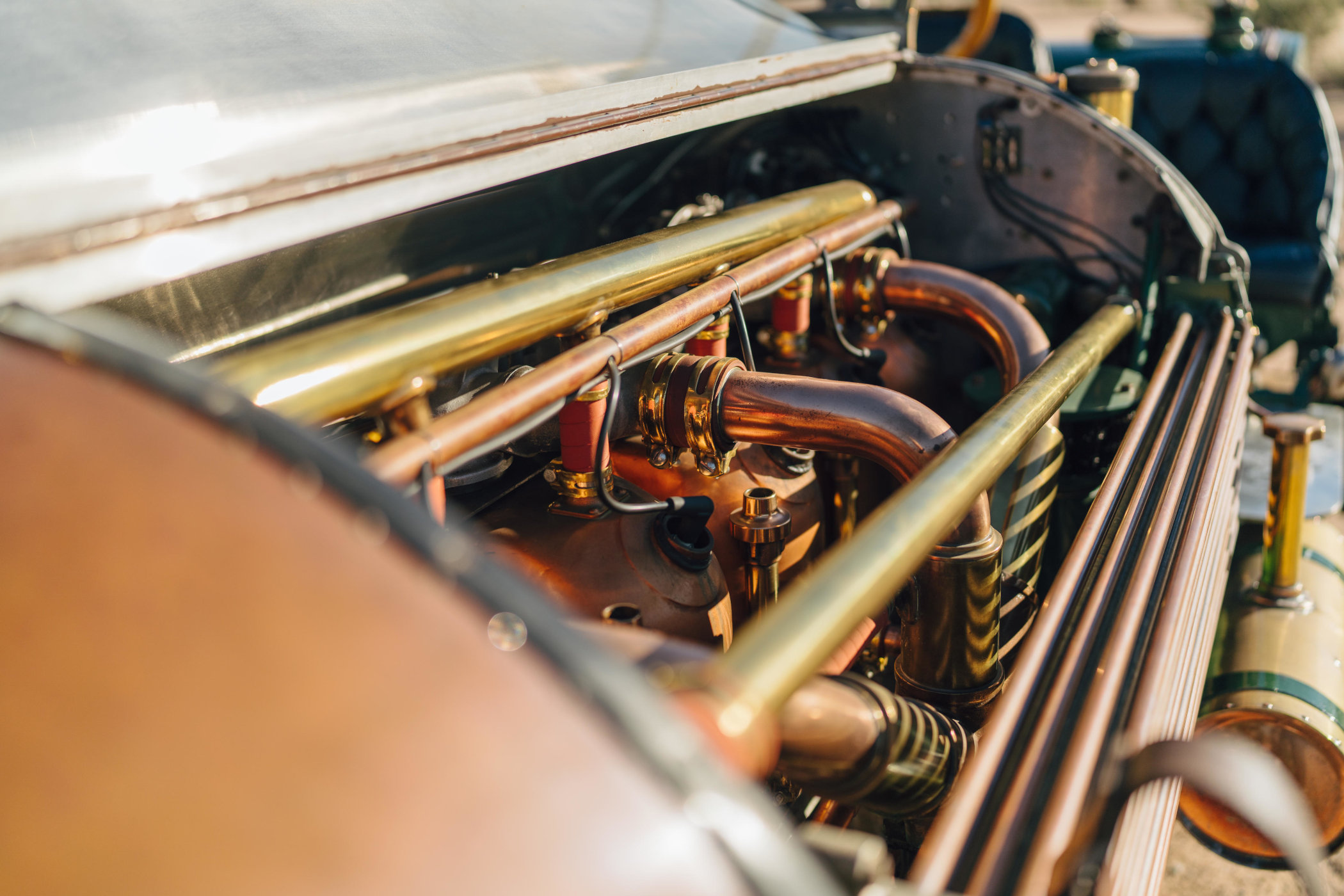

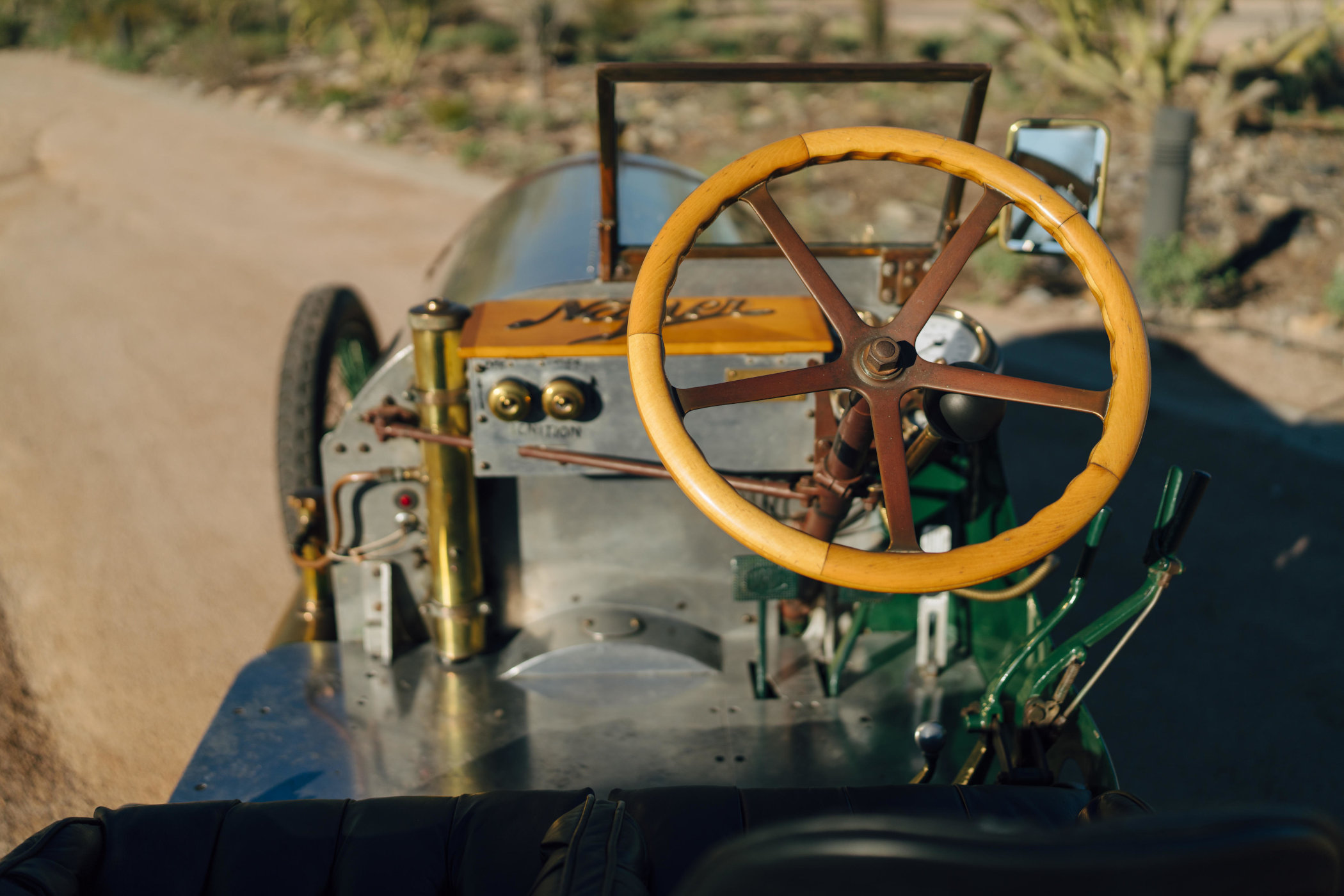

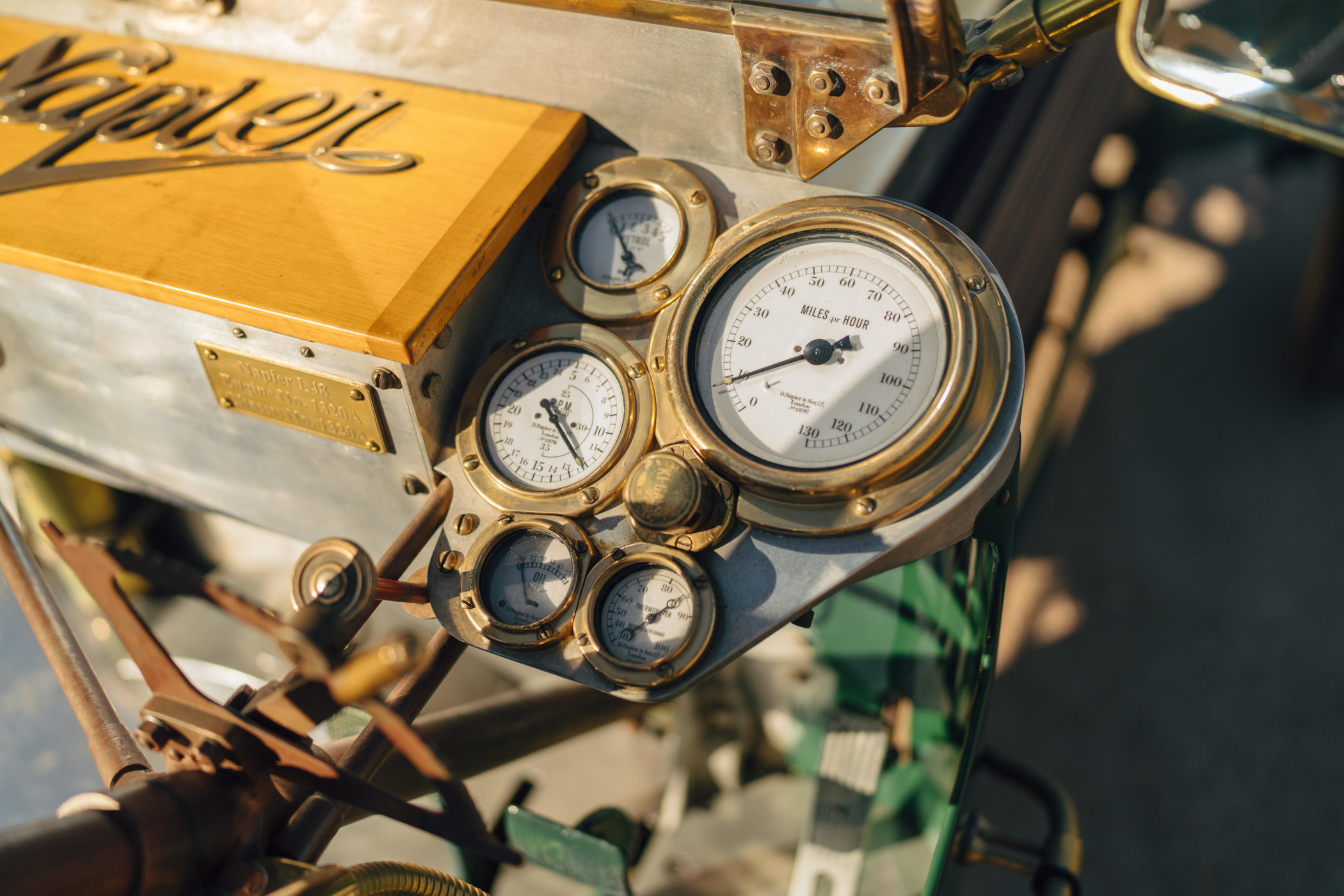




1 response
Finally, a petrolhead corner article that speaks to me.